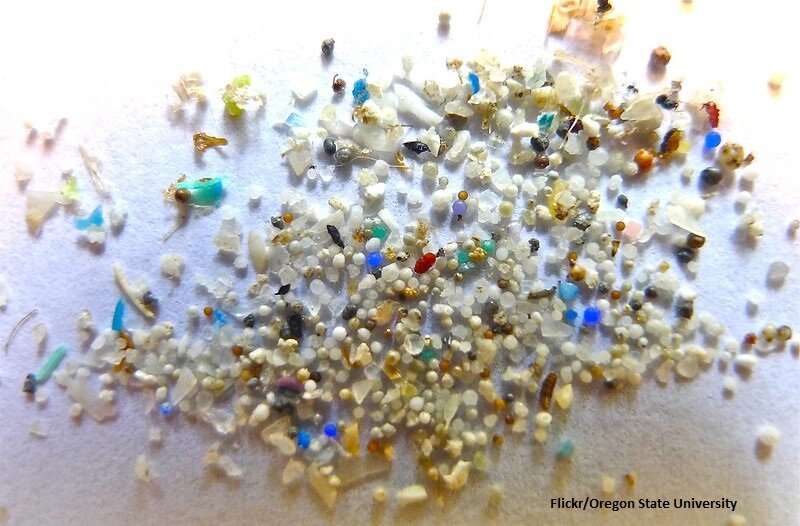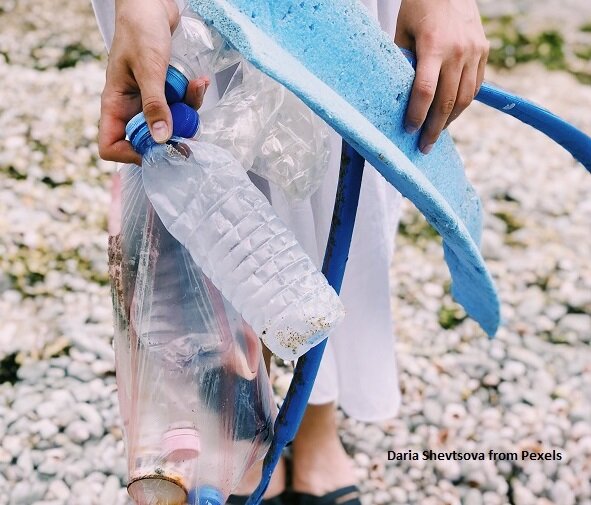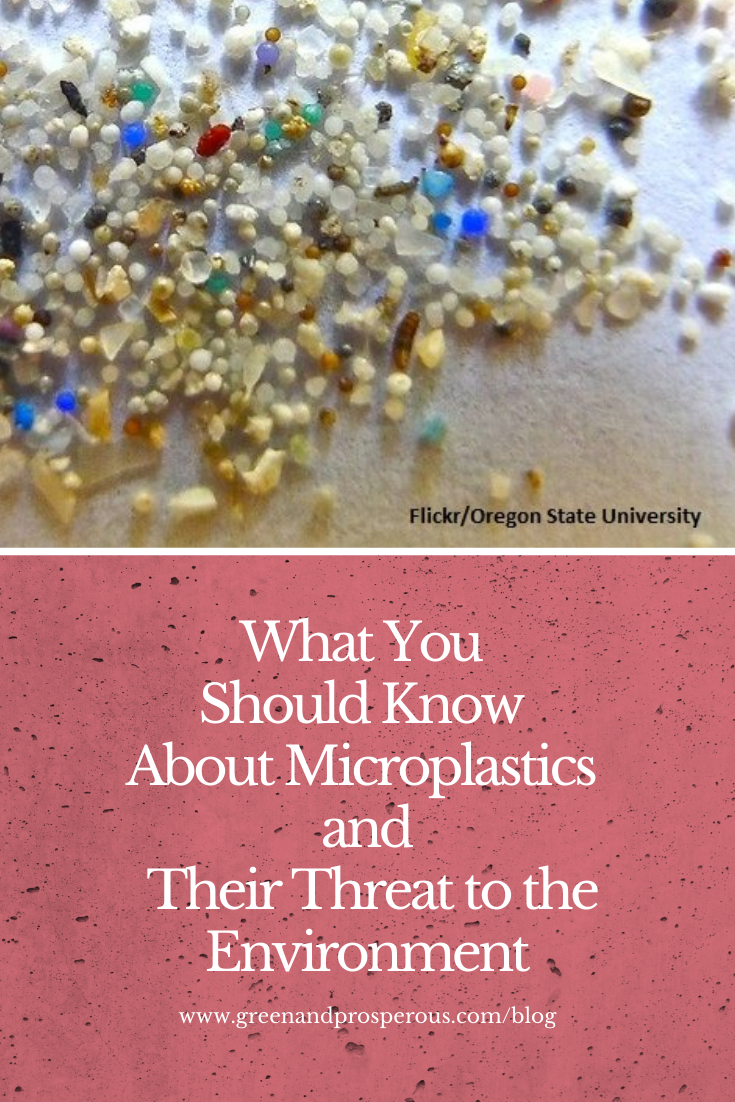What you should know about microplastics and their threat to the environment
/Guest post by Josh Hill
Plastic is a problem; it has penetrated every corner of the globe: the depths of the ocean and even arctic ice. But now we face a new threat, often invisible to the naked eye -- a form of plastic that is in our drinking water, the dirt we walk on and even the air we breathe!
I am talking about microplastics, tiny fragments of plastic that pollute the environment. But, where do they come from? Why are they a problem? And what can we do about them?
In this post we will be answering all those questions and more, so if you’re ready to tackle the microplastic problem, read on.
Where do microplastics come from?
Before answering that question it’s important to understand that the definition of microplastics is pretty broad. As microplastics are defined as any piece of plastic under 5mm in size, naturally you’d expect they originate from a variety of sources. But they can be categorised by 2 forms: primary microplastics and secondary microplastics.
Primary microplastics are materials that are actually manufactured to be small. Think microbeads, nurdles and plastic fibres. Secondary microplastics are formed from larger plastic pieces breaking down as a result of degradation when they enter the natural environment.
This definition is important because primary and secondary microplastics need to be managed in different ways. Before we get to how to manage and mitigate the impact of microplastics in the environment, let’s first talk about why they’re a problem.
Why are microplastics a problem?
Despite being tiny, the microplastics present in our oceans could weigh a whopping 14,000,000 tonnes altogether, a number that destined to rise as the plastic entering the oceans continues to break up into smaller and smaller pieces. Most of these microplastic particles are almost invisible to the naked eye, and to aquatic organisms, they are indistinguishable from food.
Sea life such as coral, krill and fish have all been discovered to contain microplastics. They ingest these tiny plastic particles at some point, which then pass up the food chain. Since humans sit at the top of that food chain, this means that we don't get a pass from ingesting plastic waste – as Michael Pollan famously wrote, “we are what we eat eats.”
But what exactly is it about ingesting microplastics should concern us?
As we’ve covered in a previous blog post, many plastics contain phthalates, BPA and other toxic nasties which are contributors to a host of health problems including cancer, reproductive issues and hormonal related issues.
And if that wasn't enough, microplastic fragments can act as a vehicle for many other toxic chemicals, known as Persistent Organic Pollutants. Persistent Organic Pollutants, or POPs for short, are chemicals that are resistant to breaking down through natural processes. They cover a wide range of pollutants, all of which are toxic and all of which we end up ingesting on a daily basis, whether it be through eating microplastics in fish, drinking them in our water or even inhaling them in dust in the air we breathe.
How do we avoid microplastics?
The most important thing you can do to avoid primary microplastics as a consumer is by stopping microplastics from entering the water system at home. This can be done by
Avoiding products like cosmetics that contain microbeads; they’re also often found in face washes.
You can also wash synthetic clothing in a laundry bag designed to catch microplastics, such as this one from guppyfriend.
Swap your plastic bristled brushes and sponges for natural alternatives that are made from plant-based fibres.
Avoiding the ingestion of microplastics can be tricky, but you can certainly reduce your consumption by doing the following:
Filtering your water can be an effective method of removing microplastics from your drinking water. Just make sure you opt for carbon filters, as these have been shown to be most effective.
As we had previously mentioned, microplastics have found their way into our food chain and have been found in up to 50% of fish studied. Eating less fish can be one way to reduce or minimize your exposure to microplastics in food.
Ultimately, though, the problem of microplastics isn’t going to go away until our attitude to plastic changes. We need to reduce the amount of plastic that is being produced and consumed each year and that ensure plastics are properly disposed of at the end of their use-life.
So how do we do this?
Reducing the amount of plastic produced each year may seem to be an impossible task to you and I; how can we, as ordinary consumers, stop huge companies from producing plastic? It’s important to remember how much influence consumers have, so make it your mission to eliminate your consumption of single-use plastics and get other people on board too!
Reducing the amount of plastic consumed is part 2 of the point above, and the two are very much tied together, so focus on reducing your plastic consumption where you can.
Finally, because plastic consumption is inevitable, make sure you properly dispose of plastics at the end of their use-life. That means not only reusing viable plastics and staying away from single-use plastics as much as possible, but also refraining from littering, keeping plastics out of landfills and prioritizing recycling and repurposing above all else.
You can also get involved in litter clean ups in your local area to remove potential microplastic pollutants from the environment.
Conclusion
In this post we covered exactly what microplastics are, why they’re a problem and what you can do to avoid producing and consuming microplastics at home.
It’s certain that microplastics are a problem and they’re here to stay but don’t be dismayed, there are actionable things you can do today to avoid microplastics and their associated problems.
What do you do to avoid and eliminate microplastics at home? Comment down below and let us know!
Josh Hill is a covid-19 scientist screening people working in the film and media industry and founder of Soseas, a zero-waste products store. He loves the outdoors and cycling and cooking when he gets the chance!
Like this? Please pin!







































